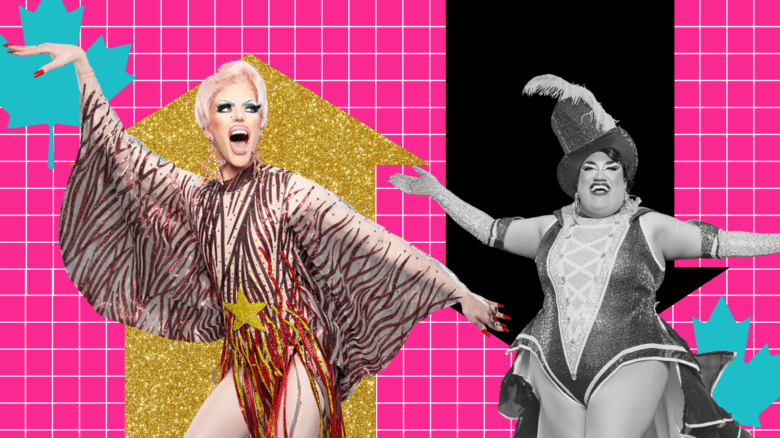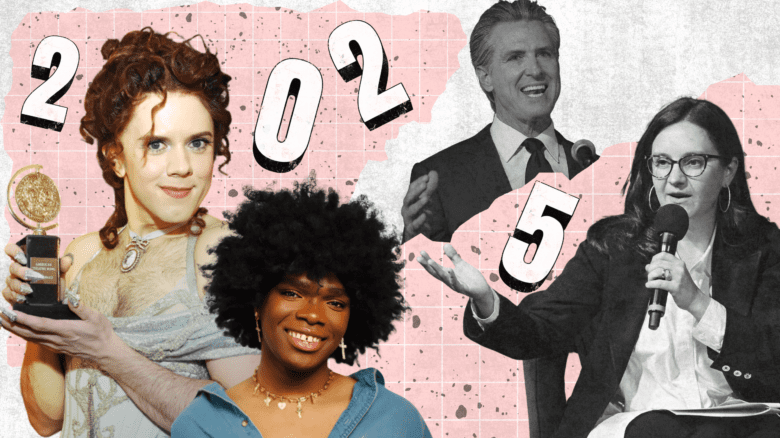“Mostly I hated guys. They were stupid beyond belief. When they weren’t beating up on someone, when they weren’t being complete assholes, they were incredibly boring.”
So proclaims Ann Ahern, the feisty narrator of Stephanie Grant’s bittersweet novel, Map of Ireland (Scribner $25). Seventeen years old and a resident of Boston’s St Joseph’s Home for Girls, a state facility for female juvenile delinquents, Ann doesn’t suffer from shortage of attitude.
Three months from her release, this introspective lapsed Catholic with a thriving need for repentance tells the irresistible tale of how she landed in juvey (where her councilor diagnoses her with “poor impulse control”).
The tough, beret-wearing, basketball-playing, girl-cruising teenaged lesbian wants to speak the truth to clear her mind before she returns to outside world responsibilities.
While Ann’s coming of age story climaxes with a spontaneous (but only partially effective) act of arson, the truth begins months earlier.
It’s the fall of 1974 and Ann’s poor South Boston neighbourhood is tense with politics as her school district begins desegregated bussing of students. Placing Patty Hearst, Women’s Libbers, and the Black Panthers in the immediate background, Grant evokes a wonderfully rendered and seriously angry 1970s that steers far from the popular disco-and-polyester stereotype.
“My troubles began with several letters I wrote but didn’t mail,” Ann explains.
The letters, consisting of “descriptions, appreciations really” of her beautiful French teacher, Madame Eugénie, land her in trouble with her mother, who strikes Ann hard across the face when she discovers her daughter —a former child pyromaniac —burning the letters in the upstairs bathroom.
Infatuation with her dark-skinned teacher initially leads Ann (who prefers to act before she thinks) to some minor criminal acts and then to some very adult complications that involve secrets, theft, deceptions, the police, a road trip, a basketball game, a loss of virginity, and more police. And along the way Ann stumbles upon important realizations about the line that separates white from black.
Not quite 200 pages, Grant’s slim novel still manages to sell a story that never feels slight and underdeveloped. Like Ann —likable and practical, but a woman of few words —Map of Ireland ably accomplishes its goals without relying on needless embroidering to make itself look richer.
 Why you can trust Xtra
Why you can trust Xtra


